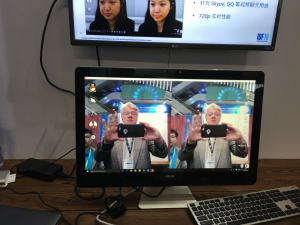It’s only been a couple of weeks since we announced a cross-platform XPRT. It’s still early days, but we’ve already started getting ideas from vendors and media—from both people within the community and those who have not yet joined. We’re incorporating these ideas into our investigations, and plan to be sending a design document for the community to critique in a few weeks.
However, we are always looking ahead and Bill’s trip to IDF16 got us thinking about future benchmarks. Virtual reality is obviously going to be big. Bill said that he thinks he saw more things using the Oculus Rift than there are Oculus Rifts in the world! The Internet of Things has been ramping up for a while now, and shows no sign of slowing down. Computer vision is another emerging area, one with many possible applications. There are a lot of exciting possibilities!
As always, we want to know what you think. What upcoming technologies are you excited about? What would like to see in these benchmarks? Please let us know!
Eric














